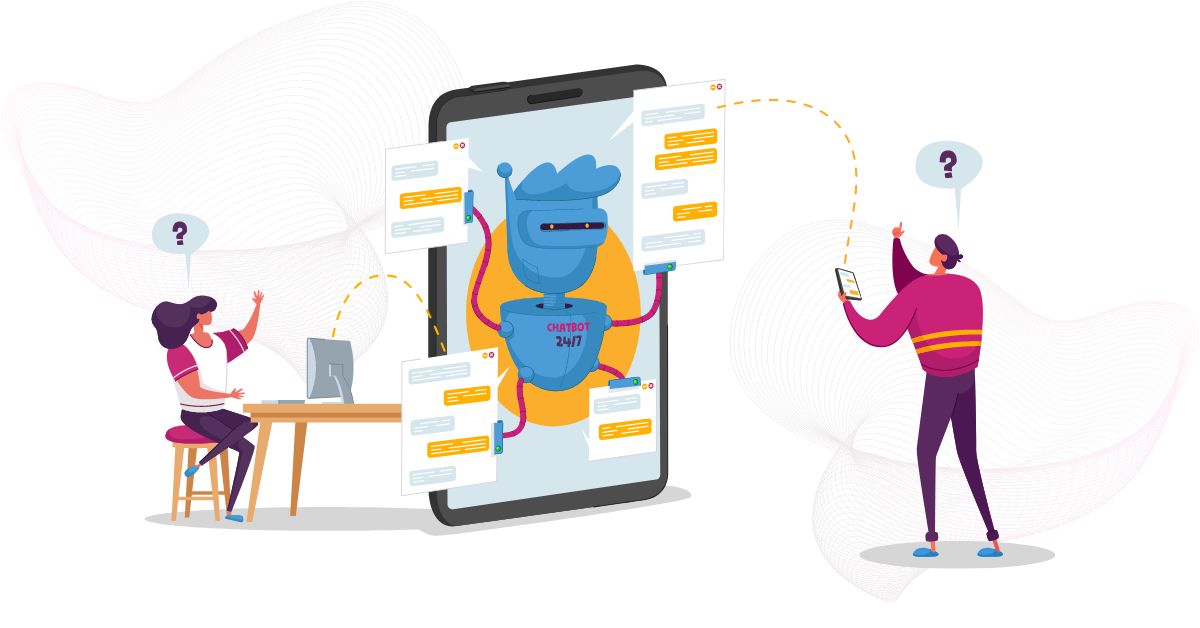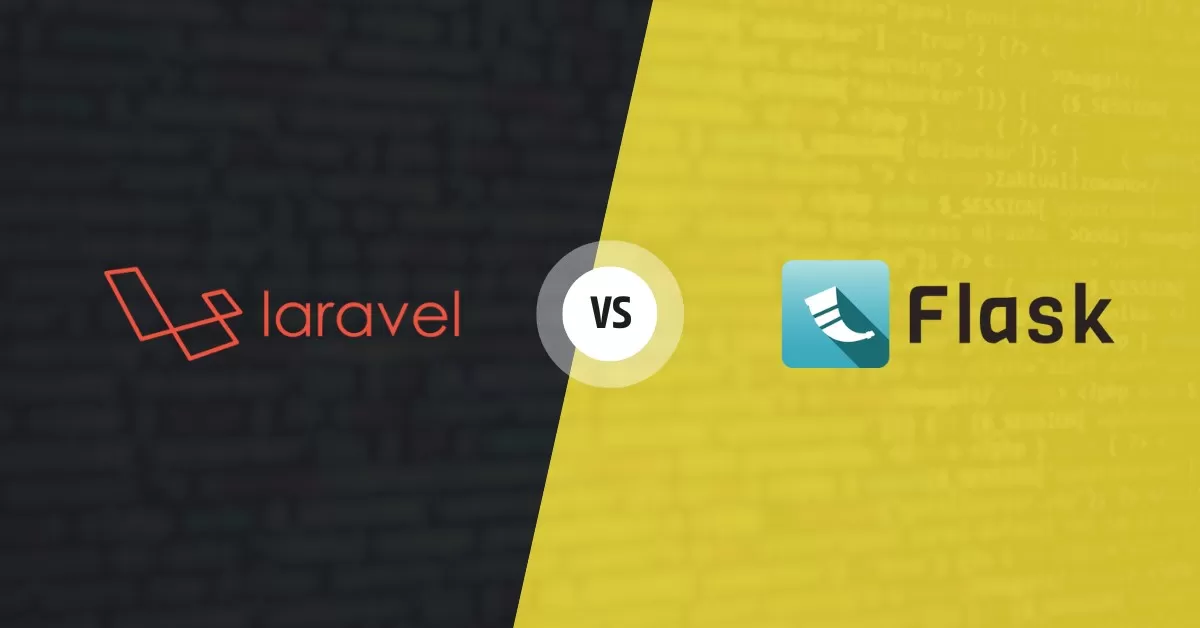ChatGPT Prompt Engineering: A Guide to Creating Engaging Conversations

4 min read | By Postpublisher P | 02 May 2023 | Chatgpt
In recent years, the capabilities of artificial intelligence (AI) have advanced immensely. It started from tools that could detect errors or paraphrase content to advanced AI tools that can write a complete and unique blog article.
Among these advanced tools is ChatGPT, an AI-based conversational tool that enables chatbots, virtual assistants, and other conversational interfaces to respond to user inquiries and generate natural-sounding responses.
As these interfaces become common, you need to master the art of crafting effective prompts to generate relevant responses. Don’t you think it’s time to get better at using AI?
In this article, we will delve into the world of ChatGPT and provide a complete guide to creating engaging conversations using ChatGPT prompt engineering techniques.
Understanding ChatGPT and Its Applications
ChatGPT is an AI-powered natural language processing (NLP) tool developed by OpenAI that generates human-like text in response to user prompts. The tool is built on the Generative Pre-trained Transformer 3 (GPT-3) platform, which allows it to generate highly relevant responses.
Since it’s designed to mimic human-like language and behavior as closely as possible, it is capable of generating text that is indistinguishable from that written by a human. This makes it an ideal tool for businesses that want to provide their customers with a seamless and personalized experience.
Various Use Cases for ChatGPT
ChatGPT is a versatile tool that finds use in various applications requiring conversational interfaces. Some of its common uses include:
- Customer support chatbots for online retailers and service providers.
- Virtual assistants for scheduling appointments, setting reminders, and conducting internet searches.
- Language translation tools for text-based communications.
- Interactive storytelling applications that generate dynamic narratives.
- ChatGPT can be customized to meet the specific needs of different businesses.
ChatGPT is particularly useful in situations where businesses need to handle a large volume of customer queries. By automating the customer support process, businesses can provide faster and more efficient service to their customers. This can lead to increased customer satisfaction and loyalty.
As AI technology continues to evolve, we can expect to see even more innovative applications of ChatGPT and other conversational AI tools in the future.
The Art of Crafting Effective Prompts
As technology continues to evolve, the success of these interfaces relies heavily on the quality of the prompts used to guide the conversation. Let’s discuss the art of crafting effective prompts and how to identify conversation goals using gpt prompt engineering.
1. Identifying Your Conversation Goals
Before crafting prompts, it is crucial to understand the goals of the conversation. For example, a customer support chatbot may need to resolve specific user issues, while a storytelling application may aim to encourage user participation.
If the goal of the conversation is to resolve a customer issue, the prompts should focus on gathering relevant information about the user’s problem. On the other hand, if the conversation’s goal is to encourage user participation, the prompts should be open-ended and encourage users to share their thoughts and opinions.
Identifying the conversation goals helps engineer prompts that align with the intended outcomes.
2. Choosing the Right Keywords and Phrases
The keywords and phrases used in a prompt are essential in guiding the conversation toward its intended goal. The choice of words should be precise and relevant to the user input.
Additionally, using words and phrases that are natural to human communication can enhance the perceived intelligence of the conversational interface and encourage users to engage with it further.
If you’re booking a flight, the prompts should include relevant keywords such as “departure,” “destination,” “date,” and “time.” This will help the chatbot gather the necessary information to complete the booking process.
3. Balancing Open-Ended and Specific Prompts
Effective GPT prompts are a balance between open-ended and specific questions. While open-ended prompts encourage users to share more information, they can complicate the conversation and prevent the chatbot from reaching the intended goal.
On the other hand, specific prompts can lead to quick resolutions but can limit the conversation’s scope. Finding a balance is key to keeping users engaged while still resolving their queries efficiently.
However, the openai prompt engineering is concerned, crafting effective prompts is an art that requires a deep understanding of the conversation goals, the right choice of keywords and phrases, and a balance between open-ended and specific prompts.
Prompt Engineering Techniques for Enhancing User Engagement
Creating engaging conversations with conversational interfaces is essential for businesses to connect with their customers. By providing a personalized experience, encouraging user interaction, and utilizing rich media and interactive elements, businesses can create memorable and effective conversation that resonates with users.
1. Personalization and Customization
Personalization and customization are powerful tools that can enhance user engagement with conversational interfaces. By tailoring prompts based on user input, businesses can create a personalized experience that resonates with users. Personalization also improves user satisfaction, increase retention rates and loyalty.
For example, a chatbot for a clothing retailer could ask a user about their style preferences and suggest outfits based on their responses.
2. Encouraging User Interaction
Encouraging user interaction is key to keeping users engaged throughout the conversation. By designing prompts that make users provide more information, ask questions, or perform actions, businesses can increase their sense of involvement in the conversation.
Real-time feedback on user inputs can also improve engagement and help users navigate the conversation seamlessly. For example, a chatbot for a food delivery service could provide real-time updates on the status of the user’s order, creating a more interactive and engaging experience.
3. Utilizing Rich Media and Interactive Elements
Integrating rich media elements such as images, animations, and videos can enhance the user experience and create an emotional connection with users. Interactive elements such as buttons, sliders, and forms encourage user input, making the conversation more intuitive and natural.
For example, a chatbot for a travel company could use images and videos to showcase destinations and activities, creating a more immersive experience for the user. Interactive elements such as forms and sliders could also allow users to customize their travel preferences and receive personalized recommendations.
Evaluating and Refining Your Prompts
1. Measuring User Engagement Metrics
Measuring user engagement metrics such as clickthrough rates, session length, and bounce rates can provide valuable insights into the effectiveness of your prompts. Analyzing user engagement metrics helps identify areas that need improvement, allowing for iterative refinement of the gpt prompt engineering to achieve better outcomes.
2. Analyzing User Feedback
User feedback is an essential tool for improving conversational interfaces. Soliciting feedback from users helps identify areas of the conversation that need improvement, such as ambiguous prompts or unresponsive chatbots. Additionally, analyzing user feedback can help uncover the user’s intent, allowing for more effective personalization and customization of the conversation.
3. Iterative Improvement and A/B Testing
Iterative improvement is a continuous process of tweaking, testing, and refining prompts to achieve the desired outcomes. A/B testing, where prompts are compared against each other, helps identify the most effective approach to prompt engineering. By continuously refining prompts, businesses can create highly engaging conversational interfaces that improve user satisfaction and drive business outcomes.
ChatGPT Prompt Engineering: Conclusion
Effective prompt engineering is essential in creating engaging, natural-sounding conversations that resonate with users. ChatGPT, along with other conversational AI tools, offers businesses an opportunity to automate their customer support, sales, and marketing operations while providing highly personalized and engaging user experiences.
By mastering the art of openai prompt engineering, businesses can create highly effective conversational interfaces that drive better user engagement, retention and improve their bottom line.
The latest from our editors
Join over 150,000+ subscribers who get our best digital insights, strategies and tips delivered straight to their inbox.


